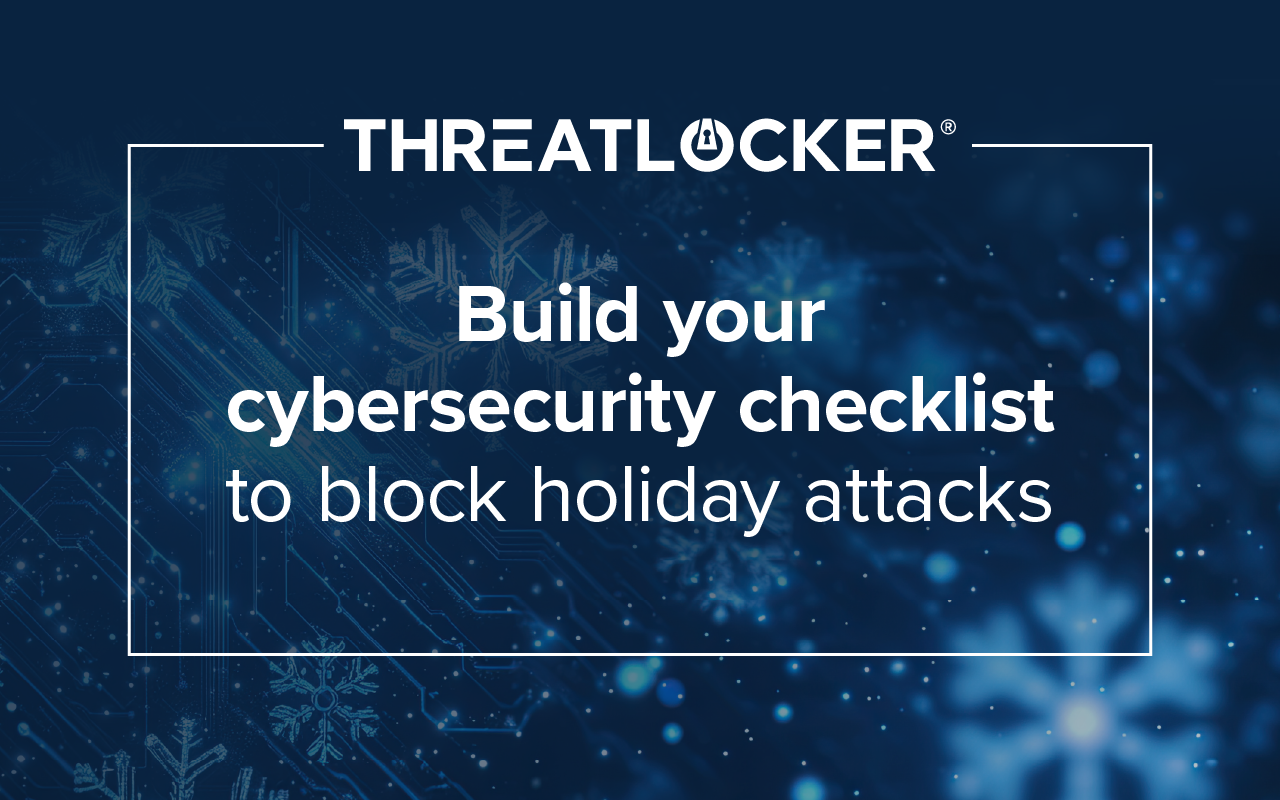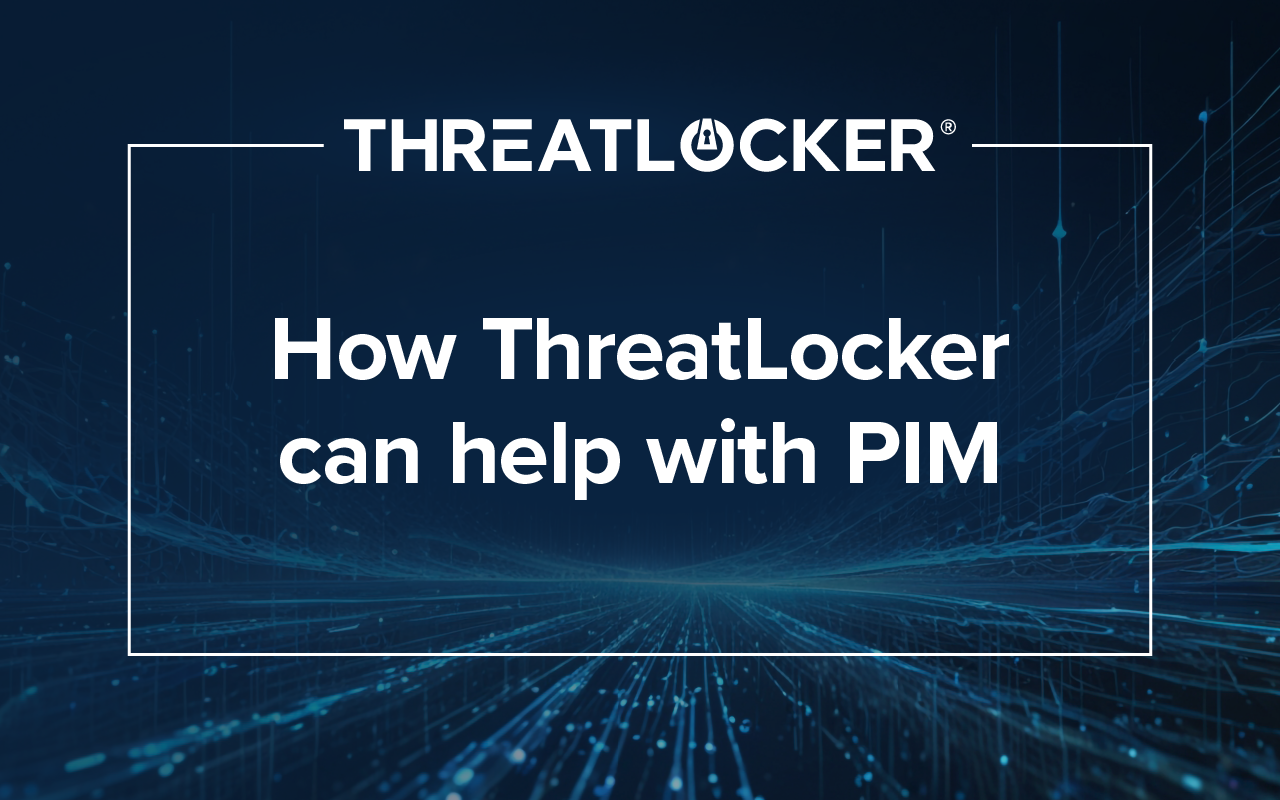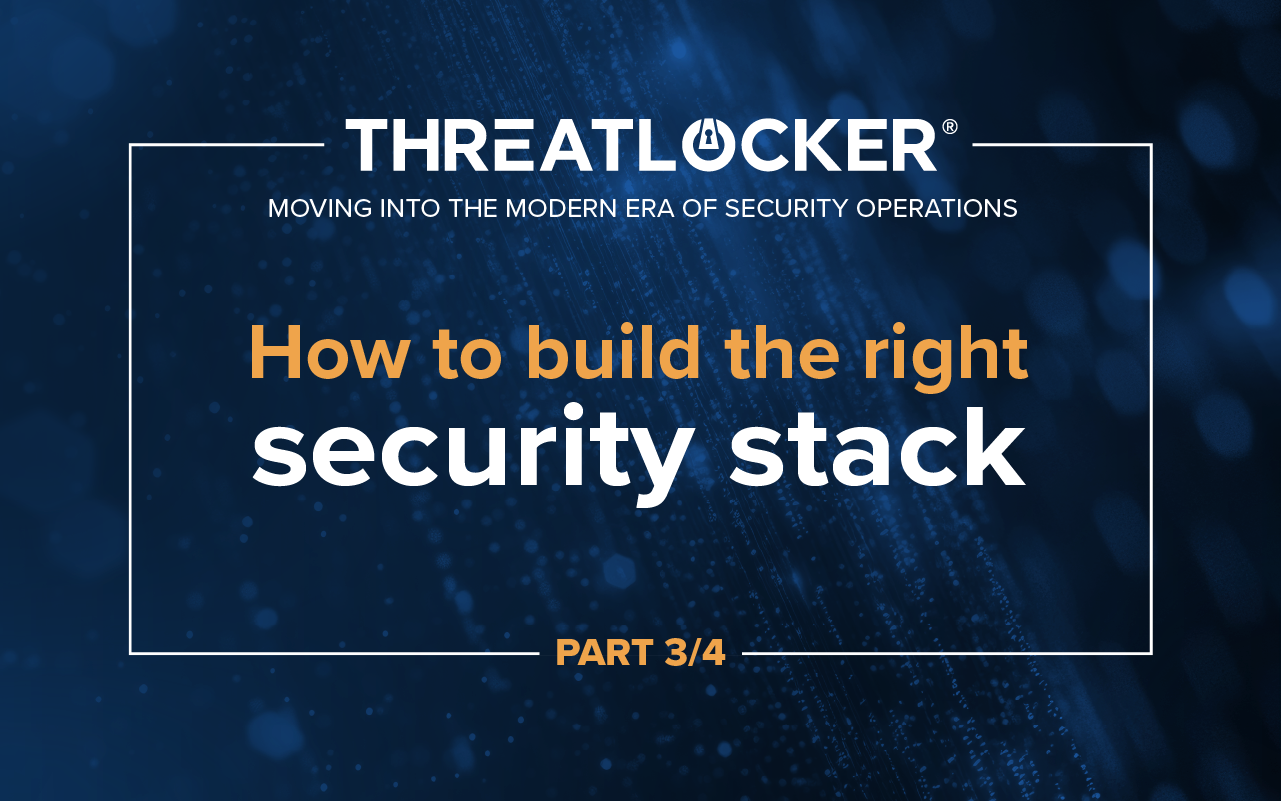Table of contents
Holidays and major events bring thin staffing, heavy transaction volumes, and distractions. All of these conditions create openings attackers can exploit.
We’ve seen this pattern play out again and again: the 2018 Olympics opening ceremony disruption, the Los Angeles Unified School District data leak over Labor Day weekend 2022, the Colonial Pipeline shutdown over Mother’s Day weekend 2021, the wave of retail breaches during the 2023 shopping rush, and even the PlayStation Network and Xbox Live Christmas Eve DDoS attack in 2014.
The “Lizard Squad” targeted PlayStation and XBox platforms at the exact moment millions of gamers unwrapped new consoles. Their stated motive was “for the laughs,” but they extended the attack to force the victims to upgrade their cybersecurity posture. The lesson is clear: holiday cyberattacks are deliberate, timed, and entirely avoidable with preparation.
>> Get a FREE ThreatLocker lights-out checklist
Why holiday cyberattacks keep happening
Threat actors understand the holiday calendar as well as any business leader. They plan ransomware attacks and phishing campaigns around predictable windows of downtime. When IT and security teams take deserved time off, continuous monitoring efforts suffer, routine patching is deferred, and email filters go unchecked. Those gaps, whether hours or even minutes, become opportunities.
Attackers favor these windows for a simple reason: leverage. During normal operations, a ransomware infection might be treated with minimal damage and downtime. During a holiday weekend when it may have more time to fester undisrupted, it can halt production, cut off online transactions, and cripple customer service. The pressure to pay ransom increases exponentially when every hour of downtime costs revenue.
Organizations in retail, energy, healthcare, logistics, and education face the highest risk, but the threat is universal. Cybercriminals use automation and scanning tools to locate exposed systems indiscriminately. A small manufacturer can be just as likely a target as a multinational bank if both host the same exploitable vulnerability.
Common holiday cyberattack techniques
Attackers rely on tactics that exploit distraction and urgency. The following are among the most common during holidays and major events:
- Ransomware attacks that encrypt entire networks rather than isolated machines.
- Phishing campaigns that use seasonal subject lines like “holiday bonuses,” “delivery updates,” or “charity receipts.”
- Data exfiltration from endpoints left logged in or lacking enforced access control.
- DDoS attacks (Distributed Denial of Service) that overwhelm servers during high-traffic periods.
- Compromised remote access tools, often left enabled for convenience or third-party maintenance.
- Supply-chain intrusions, where attackers exploit trusted vendor connections while attention is low.
Each of these relies on the same vulnerability: human distraction and limited visibility. The most effective defense is readiness, which means planning before the holidays start. Now is the time.
The cost of inaction
Every major cyberattack on a holiday shares the same post-incident story: The victim assumed their defenses would hold. Colonial Pipeline had network segmentation controls but not enough containment. Kaseya’s RMM servers were patched regularly, but not quickly enough. The 2014 PlayStation and Xbox incident exploited resilience gaps, not coding flaws. The cumulative lesson is that technical capability doesn’t equal preparedness.
In many organizations, incident response plans exist only on paper. When key decision-makers are offline, every minute of delay multiplies the impact. Attackers depend on that. A strong cybersecurity checklist ensures that protection isn’t dependent on who happens to be working that weekend.
Building an industry and technology agnostic cybersecurity checklist
Core readiness steps for all businesses
No matter what tools your organization uses, certain actions reduce risk across the board. This cybersecurity checklist applies to any business, regardless of size or industry.
- Review your incident response plan. Every employee should know exactly what to do if a system is compromised during a holiday or weekend. Test the plan quarterly.
- Update and verify contact lists. Outdated escalation paths waste precious minutes. Keep phone numbers for executives, service providers, and insurers current.
- Patch before you pause. Apply all critical and high severity updates and software patches before holidays begin. Make sure infrastructure hardware like VPN appliances, firewalls, and remote desktop gateways are included in vulnerability scans.
- Audit user access. Remove unnecessary administrator rights, enforce multi-factor authentication, and review service accounts for dormant, unused credentials.
- Enable after-hours monitoring alerts. Configure automated notifications for failed logins, unexpected data transfers, or network changes.
- Back up everything. Maintain both onsite and offsite backups, including at least one offline backup disconnected from the network.
- Test restoration. A backup is only useful if it can be restored. Perform a recovery drill at least once per quarter.
- Disable unused remote access tools. Uninstall or restrict software like TeamViewer, GoToAssist, or AnyDesk if they are not needed.
- Limit RMM and other remote exposure. Restrict connections to known IP ranges and enforce strict authentication for remote management platforms.
- Review firewall audit logs. Identify any suspicious behavior that might indicate attackers probing your network in anticipation of a holiday break. Add or modify rules to deny traffic to unused or high-risk ports and services.
- Communicate expectations. Remind staff how to identify phishing emails and where to report suspicious activity.
- Check third-party readiness. Review vendor contracts for included SLA terms, notification timelines, and for any incident communication and contact protocols of their own.
A solid incident response plan doesn’t have to be complex. It just needs to be current, practiced, and accessible. These steps form the baseline for resilience against holiday cyberattacks and ransomware outbreaks.
The ThreatLocker cybersecurity checklist
For organizations using ThreatLocker, these best practices can be strengthened with product-specific configuration. Each control supports Zero Trust security, reducing opportunities for lateral movement and execution of malicious code.
- Lock down before downtime. Place computers into Secured Mode, ensuring their Allowlisting policies are enforced against unknown applications and malware.
- Finalize policy approvals. Maintain business rhythms through the holidays by approving or denying any waiting application or elevation requests.
- Monitor application requests. Make sure your on-call team is ready to service incoming application requests through the ThreatLocker Admin mobile app.
- Use Storage Control. Prohibit programmatic access to files network shares, and storage interfaces while you aren’t in the office.
- Activate Network Control. Enable remote connectivity from dynamic, remote locations while your team is temporarily traveling around the globe.
- Check Detect coverage. Set up automatic policy-driven actions in response to any arbitrary suspicious behavior to keep your mind off work.
- Enable Zero Trust defaults. Deny application executions, network traffic, and storage access by default after automatically learning what to allow.
- Perform an audit log review. Look through recent Unified Audit logs for any suspicious application or network traffic denials that need attention before leaving for an extended break. Implementing these measures creates a closed loop of prevention, detection, and response vital for ransomware protection when teams are offline.
Strengthening defenses with Zero Trust principles
The concept of Zero Trust security fits perfectly with holiday readiness. A Zero Trust model treats every user and device as untrusted until proven safe. That mindset prevents attackers from using stolen credentials or internal movement to escalate privileges.
Adopting Zero Trust isn’t only about tools; it’s about the process. It means verifying every new device before granting access, segmenting networks by role, and continuously monitoring behavior for deviations. When combined with endpoint hardening and allowlisting, the model creates layered protection that stops most attacks before they start.
Even if your business doesn’t use ThreatLocker, applying these principles helps. Blocking all unknown executables, isolating applications, and enforcing identity checks will reduce risk across all environments.
>> Download the ThreatLocker lights-out checklist
What to do if an attack happens anyway
Immediate Response Steps, recovery and post-Incident actions
Even the best-prepared organizations can face a successful intrusion. The difference between a breach and a minor incident often comes down to detection and response speed.
- Isolate affected systems immediately. Disconnect infected devices from the network. Disable relevant interface ports on connected network equipment remotely, if possible. Powering down a compromised device is also effective but may incidentally remove or affect evidence of any malicious behavior, making forensics difficult.
- Notify your incident response team. If internal staff are unavailable, contact your managed security provider or cyber insurance hotline.
- Preserve logs. System, firewall, and application logs are essential for forensics and insurance claims.
- Activate your communication plan. Use pre-approved language for notifying stakeholders, vendors, and possibly customers.
- Engage law enforcement if required. Reporting ransomware events helps track threat groups and can reduce liability.
- Recover only from verified backups. Never restore data from potentially compromised drives or system images.
- Post-incident review. After containment, document what worked, what didn’t, and update your incident response plan accordingly.
The faster a business identifies an intrusion, the lower the cost of recovery. Tools like threat detection and endpoint monitoring dramatically shorten that window.
The human factor in holiday cybersecurity
Technology alone can’t prevent every ransomware attack. Human awareness is the final line of defense. During holidays, even basic hygiene (locking screens, verifying email senders, and using VPNs on public Wi-Fi) can block countless attempts. Encourage a culture where reporting suspicious behavior is praised, not penalized.
Training doesn’t need to be formal. Emphasize that convenience is often the enemy of security. Shortcuts like disabling MFA or sharing passwords with a coworker for “coverage” are exactly what threat actors hope to take advantage of.
Looking ahead: readiness as routine
Every year brings new cyber threats, but the fundamentals stay constant. Attackers thrive on predictability, and the calendar is their roadmap. By assuming that a holiday cyberattack will happen, you’re already ahead.
A comprehensive cybersecurity checklist reduces vulnerabilities and promotes resilience. Whether you rely on your own tools or the ThreatLocker Zero Trust platform, the goal is the same: continuity. When everyone is away from the keyboard, your systems should remain locked, monitored, and capable of defending themselves.
The coming holiday season doesn’t have to be another opportunity for attackers. With preparation, layered controls, and tested response plans, your business can enjoy true peace of mind.
Watch: Cybersecurity readiness for out-of-office downtime
Frequently Asked Questions
Why do ransomware attacks increase during holidays?
Attackers exploit reduced staffing, delayed monitoring, and higher online activity during holidays. With fewer people watching systems, vulnerabilities stay open longer, making it easier for ransomware to spread undetected.
What should a holiday cybersecurity checklist include?
A good checklist covers patching, backup verification, user access audits, remote access restrictions, and incident response testing. Tools like ThreatLocker automate many of these steps.
How does Zero Trust security prevent ransomware?
Zero Trust limits every user, application, and device to only what they need. Even if attackers gain access, segmentation and allowlisting prevent lateral movement and stop ransomware from spreading.
What’s the first step after detecting a ransomware attack?
Isolate affected systems immediately, disable compromised accounts, preserve logs, and alert your incident response team. Always recover data from verified offline backups.
How can ThreatLocker help during holiday downtime?
ThreatLocker enforces Allowlisting, Ringfencing™, and Network Control to block ransomware execution and restrict application behavior. Its Zero Trust model ensures protection even when IT teams are away.





